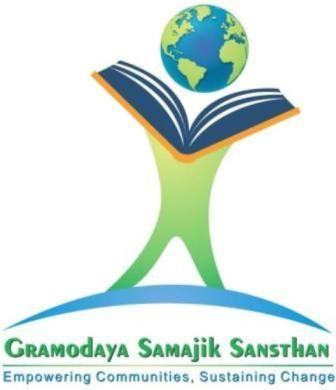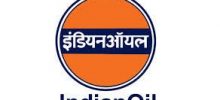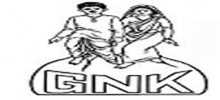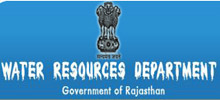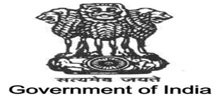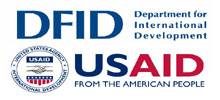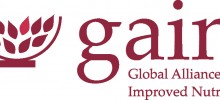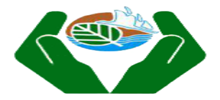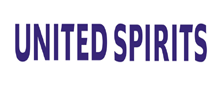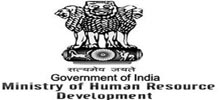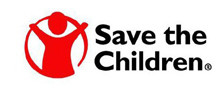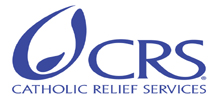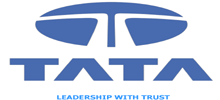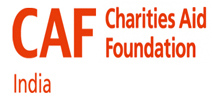NATURAL RESOURCE MANAGEMENT – WATER HARVESTING PROGRAMS
The degradation of environment and diminishing natural resources has adversely affected the livelihood of people in the region. Recurrent drought has led to depleted water levels and forest covers, and a crisis in fodder and fuel wood. Women and children are the one generally responsible for collecting fuel wood and fetch water. They have to travel long distances to fetch water and fuel for household chores. This leads to hard physical labor as they are exposed to scorching sun and danger of wild animals. Also most of the girls get so over burdened that they eventually give up education or are forced to do the daily work. Drought and resulting depleting water table have affected livelihood of the farmers who were mostly dependent on their land for food and income. Reduced income from land led to migrations of villagers to cities in search of more income generating livelihoods. The families left behind especially children had to face multiple consequences when parents migrate for work. Older children mostly tend to take on additional responsibilities, and some are also pushed into wage labor that disrupts their education. Often the migrated laborers have to work in very dangerous and unsafe working place at rates, which are very minimal. This sometimes leads to increase tension in family to which even the children are exposed. This has very severe psychological effects on minds of young children. Furthermost children are also engaged in animal husbandry especially in grazing of goats. Goats are often called poor man’s cow. They unlike bigger ruminants like cows and buffaloes are very adaptable to the region and can survive adverse conditions. They serve additional purpose of milk and meat for the family. Children especially young boys and girls are given the task to graze these animals to avoid cost of hiring lab our.
In order to ensure that children are provided basic facilities of education, health and recreation it becomes important to address all these issues through active community participation and mobilization. The immediate objective of the project are summoned below
- To increase agricultural productivity and improve quality of land
- To improve accessibility and availability of potable drinking water for poor children
- To improve the health and well being, particularly of women and children
- Preservation and conservation of water resources for sustainable use in future.
- To create environmental awareness in people regarding resource degradation, depletion, conservation and regeneration of degraded resources
These approaches will aim to promoting child rights that focuses on listening to voices of children, respect for the children, children‘s participation and thereby building an environment that is child friendly and motivating.
Water Resource Management:
Under the program of Natural Resource Management; GSS has been rejuvenating and repairing existing water resources under community Water Harvest ting program is the prime focus. The Water harvesting program again, comprises of following activities whose yearly progress are in the following: like –
- Water harvesting Structures – Anicuts, Farm ponds
- Rainroof water Harvesting Structures
- Pasteur Land Development
- Safe and Clean Drinking water – Well/ Hand Pumps etc.
It involves management community of water resources in villages through inclusive and participatory community monitoring of the work done in villages and ownership of the program by GSS.
National Rural Drinking Water Quality Monitoring & Surveillance Programme: This programme has been implemented in 177 villages of 48 Gram Panchayat in Raipur and Banera Block of Bhilwara district by financial and technical support of “Communication and Capacity building Unit (CCDU). The main objective of the program was “To aware community and sensitize stake holders for safe drinking water in rural area of Bhilwara District.”
Major Component of programme were–
Training of block level officials: Total 9 trainings were conducted in two block of district Bhilwara. From department of PHED – 20, ICDS- 64, Health- 45, NRHM- 55, Education- 29, PRI-26 and 11 persons from other deferent departments were trained and a block level resource team was consisted in Raipur and Banera blocks in collaboration of district and block level administration. The main issues of those training were
- Community based management of Water & Drinking Water Resources.
- Cause and effects of polluted water.
- Parameters of Safe drinking Water
- Water and Waterborne Disease
- Techniques for safe drinking water and maintenance of Resources
- Water testing through “field testing kit”
- Selection of “JAL SURAKSHAK” at Panchyat Level
Village contact Drive : In 177 project villages this activity was conducted in participation of trained member of block resource team. Village level rallies conducted in association of government schools, ICDS center and other children and village community. Village and panchayat level “PANI PANCHYAT” ware also formulated in each village.
Sanitation Survey: To asses present condition of drinking water resources of village a sanitary survey conducted for 47 open wells, 385 hand pumps, and 04 bore well in the 177 project villages and reports been shared in gramsabha. A cumulative report also been submitted to government.
- Integrated Water Resource Management (IWRM)
- Formation of VWHSC (Village Water Health and Sanitation Committee)
- Training of VWHSC
- Establishment of Block level Water Resource Center
- Data Collection (Primary and Secondary)
- Data analysis
- Mohalla Sabha
- Water budgeting (Requirement, Availability and Gap in supply)
- Preparation of GP’s IWRM Plan
- IWRM plan presentation in Gram Sabha and Approved by Gram Sabha.
- IWRM plan approved and inclusion in District Annual Plan
- Training to District and Block Level official on IWRM Concept and Convergence
- Hand holding Support in Implementation of IWRM Plan by Gram Panchayat
